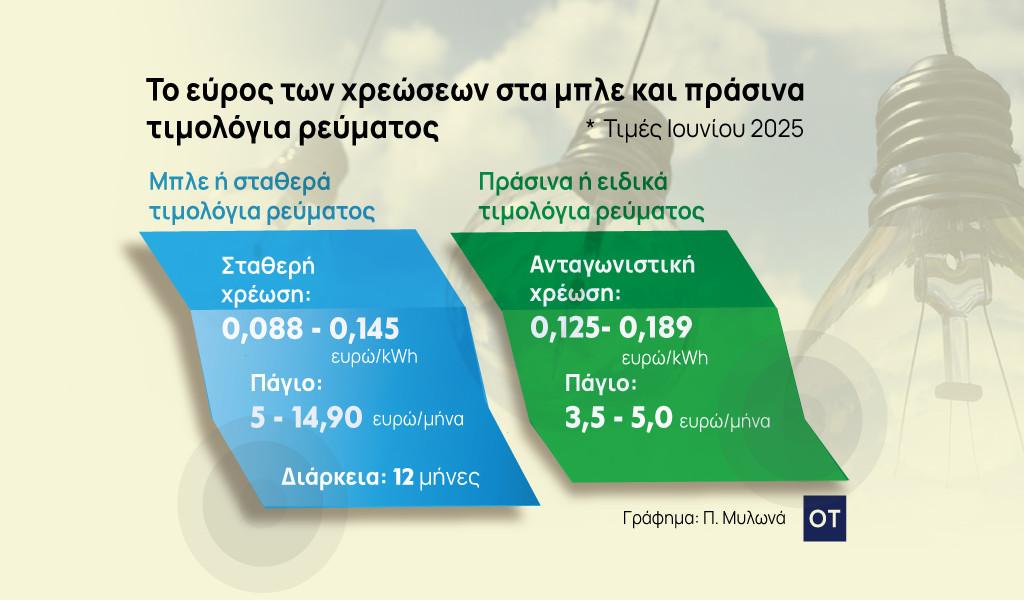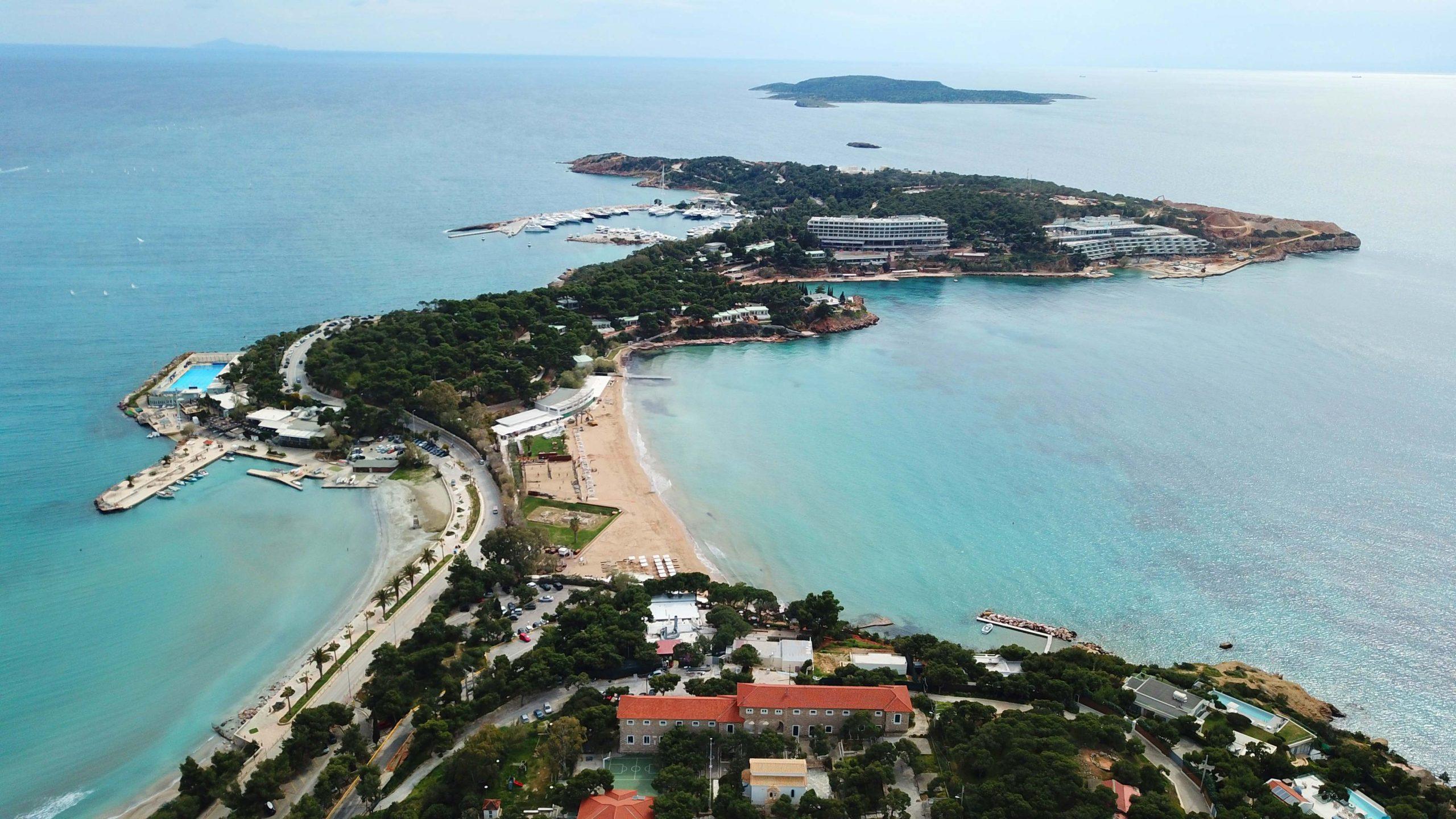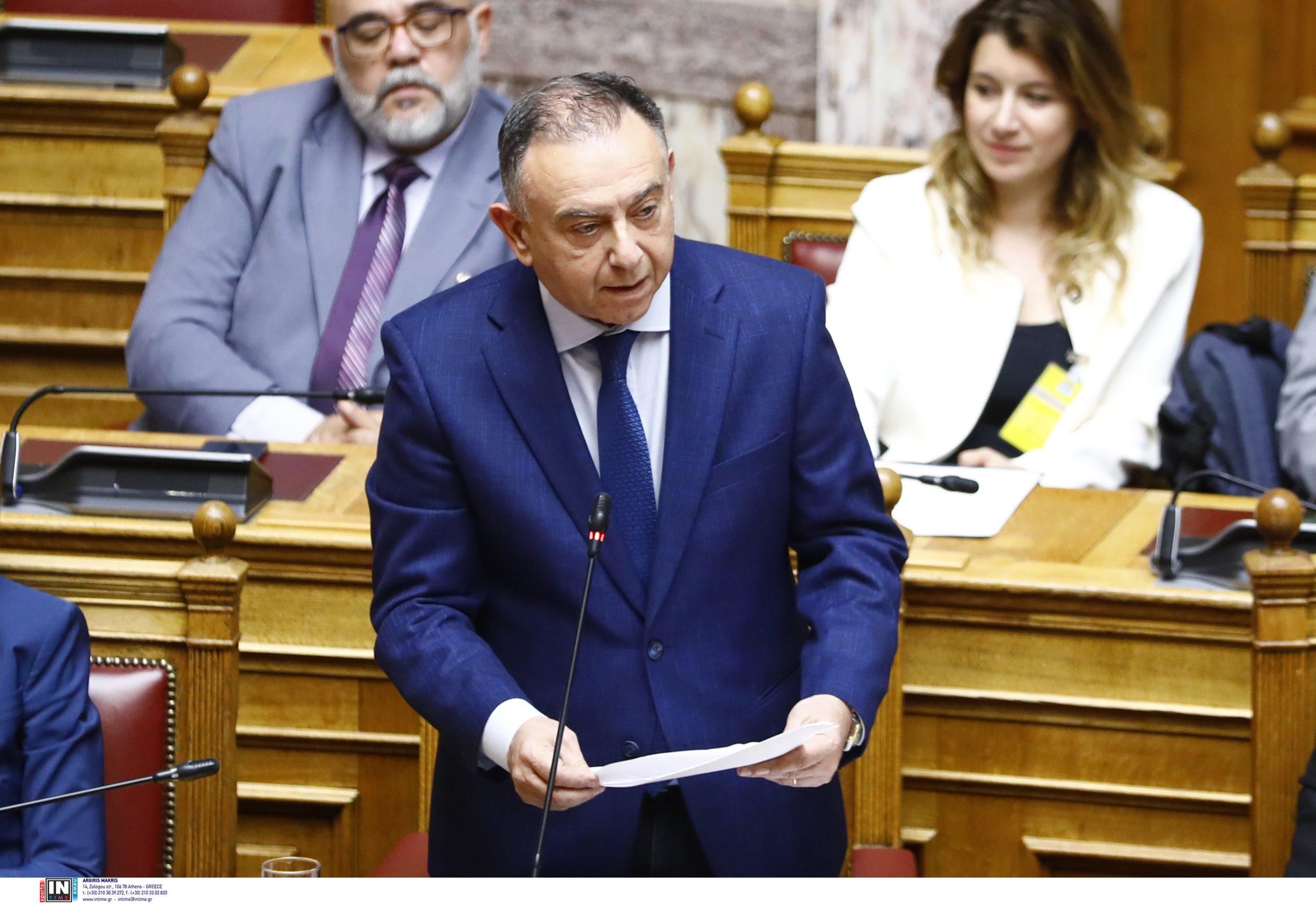The Minister of Infrastructure and Transport, Costas Karamanlis, referred to the new National Strategic Road Safety Plan for the period 2021-2030 from the podium of the 8th Road Safety Conference, pointing out that the reduction of road accidents is a national goal.
The Minister noted that the integrated road safety policy is based on four axes : safe roads, responsible drivers, traffic education, fair rules for all.
He stressed that in this context, specific quantitative goals are set: On the one hand, to reduce fatal road accidents by 50% by 2030, and on the other hand, to improve all road safety parameters. That is, as the minister explained, for improvement in indicators such as speeding, not using a helmet and seatbelt, driving under the influence of alcohol, using a mobile phone while driving or the crucial issue of dealing with accidents.
Eight pillars
The Minister of Infrastructure and Transport reminded that the main priority actions of the new National Strategic Plan are based on eight fundamental pillars:
- Comprehensive Road Safety Law, with updated Traffic Code
- Effective Violation Management System
- More systematic Road Safety Monitoring
Coherent Improvement Program in the Intercity Network - Comprehensive Urban Intervention Program
- The National Road Safety Observatory, which has already been set up by the Ministry of Infrastructure and Transport in collaboration with the National Technical University of Athens
- Systematic Ten Year Communication Policy to raise public awareness
- And the establishment of an innovative for the Greek data National Road Safety Fund, which will collect the sums of money from the fines for violations of the Traffic Code and will distribute them to the Municipalities for the implementation of Road Safety actions.
More modern roads, safer roads
Mr. Karamanlis stressed: “We give special importance to upgrading the safety of the road network. Because more modern roads mean safer roads and fewer road accidents.”
He referred to the special program for point road safety interventions in all regions of the country, which amounts to 675 million euros. Specifically, the interventions concern 7,000 dangerous points along the national and provincial road network. At the same time, Mr. Karamanlis stressed, that the completion of the major highways, which have been blocked for years, is progressing, especially citing the Northern Crete Roadway and the Patras – Pyrgos highway.
He also referred to the modern road projects in every region of Greece, from the E65 in Central Greece and Western Macedonia to Aktio-Amvrakia in Etoloakarnania, Bralos-Amfissa in Fokida and Fthiotida, the Bypass of Chalkida and Psachna in Evia. And from the Alexandroupolis Ring Road in Evros, to Thermi-Galatista in Thessaloniki and Halkidiki.
Driver’s License – Traffic Code Review
Apart from the interventions in the country’s road network, substantial steps have already been taken in other critical parameters, Mr. Karamanlis added and referred with emphasis to the change of the education system and examination of new drivers. In addition, he noted that the most responsible driving behavior is often achieved by applying a clearly defined sanction framework. As concerns the revised Traffic Code he noted that it is meant to act as a real deterrent to violations that endanger human life.
The Minister of Infrastructure and Transport also referred to the provision of incentives for the renewal of the car fleet.





































